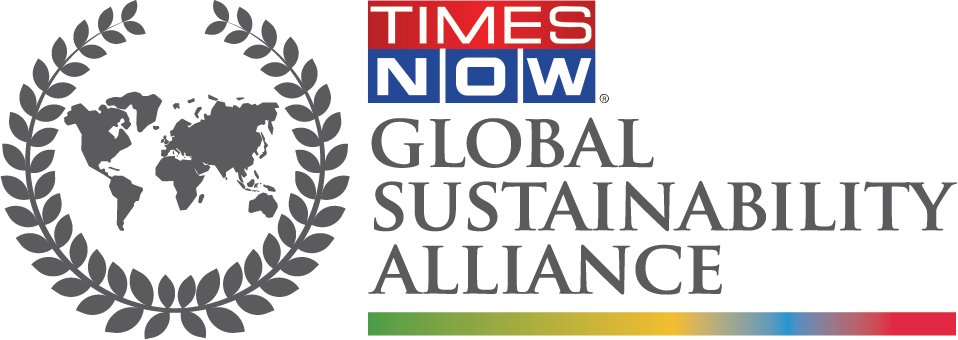As the coronavirus pandemic raged across the world, even the most rigorous contingency planning and disaster management systems went awry. Many companies pivoted in unforeseeable ways. Fashion retailers produced masks and alcohol companies pivoted to creating sanitisers. While the production systems transformed, other changes have happened too. The need for brands to have ‘purpose’ and be environmentally responsible gained significant momentum. A sea change happened in attitudes amongst the investment community as well. A few years ago, sustainability was seen to be fringe and, at best, an interesting PR angle. Sustainability today is no longer a unique value proposition for many brands, but an inherent expectation that a brand will be ethically made and will not harm the environment or the community.
SAP software is essential for all enterprise functions, from manufacturing, shipping, and delivering products to managing finances and human resources. 85% of the world’s largest emitters work on SAP. That presents a unique opportunity to bring about deep, large scale impact. This is why SAP the enterprise software behemoth is pioneering the concept of the green line. What the green line represents is the impact of the company on the environment, such as carbon emissions, water consumption etc.
As we reach the end of the linear economy, we need software that enables the circular economy and builds on the existing networks to enable this. SAP software already addresses two key dimensions: the top line and the bottom line. Adding the ‘green line’ enables the ecological angle provides transparency into the use of natural resources, available alternatives, suppliers, and transportation. Bringing the three dimensions together enables better corporate decision making.
This philosophy all comes together in the Climate 21 initiative. Embedding sustainability as a new dimension of success into analytical and transactional applications allows ERP and intelligent enterprise systems from SAP to optimize the resources not only of an individual enterprise but across value chains – for the entire product life cycle.
We need software to scale the impact needed for the decade of delivery. SAP can be an essential tool in enabling this transformation!
